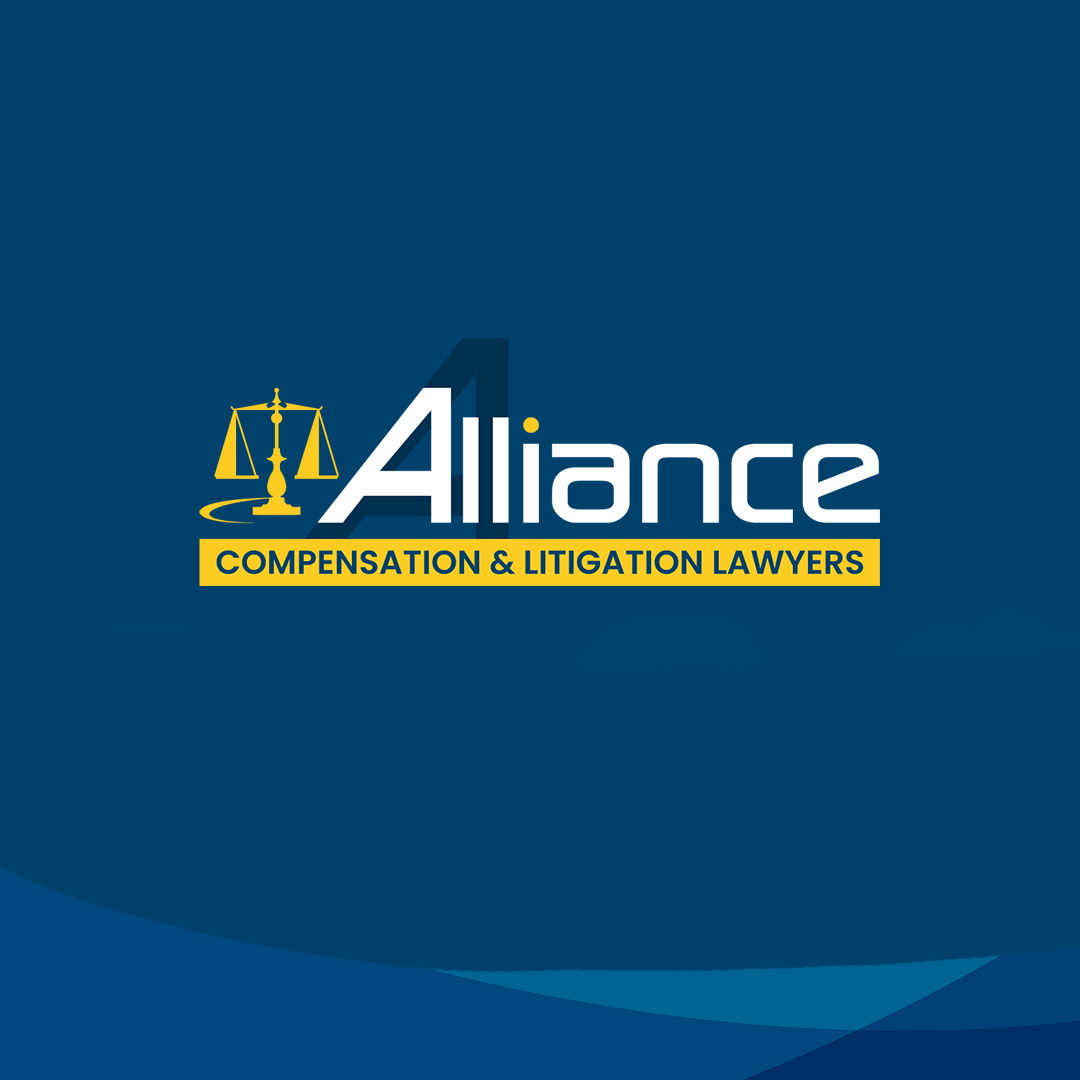Every motorist understands the negative impact of motor vehicle accidents on their lives. Yet, with 1,253 deaths, 2023 was the deadliest year on Australian roads in five years.
If you’ve been involved in a road accident in NSW, it’s undeniably a stressful experience. However, you might be eligible for compensation through an insurance scheme called Compulsory Third Party (CTP). This compensation can help you focus on getting your life back together.
In today’s article, we’ll cover everything you need to know about lodging a CTP claim in NSW and some common pitfalls to avoid.
Understanding CTP Insurance in NSW
Compulsory Third Party (CTP) insurance is a policy in Australia that protects motorists from the financial consequences of a motor vehicle accident.
Also known as a green slip, CTP insurance protects drivers, passengers, motorcyclists, cyclists, and pedestrians, by paying for their medical treatment and care until they heal or for life. It may also compensate them for loss of income if they’re an earner and any other damages they may be entitled to.
CTP insurance is mandatory and is paid at the same time as your motor vehicle registration. CTP insurance and motor vehicle registration go hand in hand.
The main goal of CTP insurance is to provide you with financial assistance to help you cope with the injuries while you get your life back together.
CTP insurance doesn’t cover:
- An injured driver found to be wholly at fault for the accident and the vehicle was uninsured
- The cost of damaged property or vehicles
- Injuries from single-vehicle accidents (like hitting a tree or an animal)
Steps to Lodge a CTP Claim | CTP Claim process
Now that we’ve understood what CTP insurance is, how do you actually lodge a CTP claim? Here’s a step-by-step process:
- Report the Accident (to the police) within 28 days
- Seek Medical Attention
- Find the insurer
- Complete CTP claim form
- Gather all relevant supporting documents
- Submit CTP claim form to insurer
- Await the insurer’s response
Step 1: Report the Accident
This is a legal requirement by the NSW government and also one of the most helpful processes in your CTP claims process. Contact the police and report the motor vehicle accident as soon as you can.
If the police didn’t visit the scene of the accident or you haven’t been in a position to visit a police station, you can report it via the NSW police helpline- 131 444. Ask the police for a police event number and record it since you’ll need it when filling out the CTP claim paperwork.
If the police don’t record your accident and issue a police event number, record the date and time of your call and use it to explain to the CTP insurer.
You must report to the police as soon as possible. The timeline for this is 28 days after the accident.
Step 2: Seek Medical Attention
Your mental and physical well-being should be a priority after the accident. Seek medical attention even if your injuries appear minor.
Keep in mind that initial hospital visits plus ambulance care are covered at this moment so don’t be afraid to seek medical attention.
Some injuries may appear minor on the surface but may be serious internally. Others may not be evident at that instant or may morph into bigger injuries in the long term. That’s why you need to get a proper assessment from a doctor. Ensure they’ve conducted all the necessary scans.
Keep all your medical records since they also play a crucial role in your CTP claim. This includes any invoices, receipts, and travel expenses associated with travelling to get treatment.
If you visited a hospital, include a hospital report. If not, ask your doctor to complete your certificate of capacity and fitness
Step 3: Find the CTP insurer of the at-fault driver
Your CTP claim will likely be paid out by the at-fault driver’s CTP insurer. As such, it’s important to know the at-fault driver’s CTP insurer. If you don’t know the insurer, don’t worry since it’s possible to find them.
The State Insurance Regulatory Authority (SIRA) has an online tool called CTP Connect. This tool allows you to fill out details of the accident, such as date and time, and personal details, including name, date of birth, gender, and contact information.
You’ll also need to include the at-fault vehicle’s registration number. If you don’t know the license plate, it might be included in your police report.
CTP Connect then sends your details to the right CTP insurer who will contact you to discuss your case.
You can fill out a CTP Connect form if:
- You’ve been injured in a motor vehicle accident in NSW (on or after 1 December 2017)
- You’ve accrued medical expenses or suffered loss of income
- You’re yet to lodge a car accident compensation claim for that injury
A friend or family member can also fill out the CTP Connect form on your behalf.
If the accident happened before 1 December 2017 or you can’t identify the CTP insurer, contact CTP Assist on 1300 656 919 for assistance.
Keep in mind that CTP Connect isn’t a claim form. It only gets you started by connecting you to the right CTP insurer who’ll walk you through the claim process.
Step 4: Complete CTP claim form
Now it’s time to get started with the CTP claim’s paperwork. Complete the CTP claim form and submit it to the CTP insurer.
The key to increasing your chances of a successful CTP claim is providing as much information as possible. Provide the details needed in all sections including personal details, accident details, injury details, and expenses.
Start this process by completing an application for personal injury benefits to be eligible for weekly statutory benefits.
If you were not at fault for the accident and your injuries are determined to be above threshold, you may be eligible for lump sum compensation. Complete an application for damages under common law if you’d like to receive lump sum compensation.
Our team at Alliance understands what it takes to make a successful common law damages claim. Reach out to us and ensure you’re well-represented.

Step 5: Gather all relevant supporting documents
Gathering and attaching all relevant supporting documents strengthens your CTP claim case. Here’s a breakdown of the supporting documents that you should submit alongside your CTP claim form:
Certificate of capacity from your doctor
Also known as a certificate of fitness, this certificate outlines the nature of your injuries, your fitness to work, and your recovery plan to get your life back to normal after a motor vehicle accident.
The insurer uses this document to determine your fitness for work, whether or not you’re employed, unemployed, or retired. Your certificate of capacity should be completed by your medical practitioner.
Keep in mind that you might need to get a new certificate of capacity every 30 days or whenever your certificate expires. Ensure you document any new injuries that might have developed or any psychological issues as a result of the accident.
Evidence of income
You’ll have to provide proof of your income before the accident. This will help the CTP insurer determine how much to pay you as weekly compensation for lost income.
You might be asked to provide up to 12 months paychecks and the insurer might take another 12 months to calculate your earnings before the accident.
Note that this might work against you if you had a period of no income or below-average income before the accident.
Evidence of medical treatment
Documents of medical treatment can also boost your CTP claim. Attach all medical records including reports, scan reports, referrals, and discharge documents.
Also, include invoices and receipts for treatment, consultation, and medication, as well as travelling costs to and from appointments. In case you need to hire support services or pay for physiotherapy sessions, don’t forget to include relevant documentation.
Step 6: Submit all documents to CTP insurer
If you’ve followed Steps 1 to 5 meticulously, you might be ready to submit all the documents to the CTP insurer. There are different ways to submit your CTP claim documents- via email, post, or online claim portal.
The ideal means depends on the insurer. Some insurers will even allow you to submit via the phone in some circumstances.
SIRA’s online claim portal is the fastest way to submit your CTP claim. Here’s the process to do so:
- Create a MyServiceNSW SIRA account
- Complete the Application for Personal Injury Benefits claim form
- Attach all the supporting documents as discussed in Step 5
- Click Submit
If you’re submitting via email or post, follow the following steps:
- Find the CTP insurer’s email or postal address. You’ll mostly find these details on the insurer’s website
- If can’t identify the at-fault vehicle’s CTP insurer, contact SIRA via ctpassist@sira.nsw.gov.au or 1300 656 919 and they’ll help you identify the relevant insurer
- Once you’ve identified a CTP insurer, complete the Application for Personal Injury Benefits claim form and attach all supporting documents as discussed in Step 5
- Send all the relevant documents to the insurer via email or post
Kindly note that you need to follow step 4 to ensure you send it to the right insurer.
Step 7: Await the Insurer’s Response
Once you’ve successfully sent the complete CTP claim to the insurer via email, post, or online portal, it’s time to wait for their decision. The insurer has a duration of four weeks to notify you of their decision to accept or deny your claim.
If they’ve accepted the claim, they’re required to start making payments within 14 days.
The insurer also has nine months to send you a liability decision, informing you who’s at fault, and whether your injuries were determined to be below threshold (minor) or above threshold (non-minor).
Since this process might be prolonged, the insurer might agree to pay for your treatment, care, and support, even though they’re yet to determine who was at fault for the accident. This is known as payment ‘without prejudice’.
In short, it means that they’re not accepting liability by making payments or that they’ll continue paying for ongoing treatment once they determine liability.
During this period, the insurer may request more information to get sufficient evidence to make a decision.
Once the insurer has reached a decision, they’ll reach out to you with the following details:
- Whether they accept or deny liability (fully or partially)
- Why they made that decision and what evidence they used
- Whether you’ll be liable for contributory negligence
Start your CTP Claim with Alliance today
Operating on a no-win-no-fee basis means you can start your claim with us today at no cost. We’ll manage everything that needs to be managed so you can approach this claim stress-free.
Common Challenges in the CTP Claim Process
If you follow all of the above steps to the letter, you have a high chance of a successful CTP claim. However, it doesn’t always mean that the process will be seamless.
Some common challenges you might face include:
- Not meeting the deadlines
- Insufficient evidence
- Disputes over liability
This is why you need to hire Alliance Compensation & Litigation Lawyers to hold your hand during the CTP compensation claim process. Our team of experienced lawyers will offer you litigation advice, help you avoid common pitfalls, and assist you with the way forward should the insurer deny your compensation claim.
Time Limits for Lodging a CTP Claim
Some CTP compensation claims get denied since the victim wasn’t aware of the time limits.
The Application for Personal Injury Benefits form must be submitted to the CTP insurer within 28 days of the accident. If this period lapses before you’ve submitted your claim, you’ll be required to provide a satisfactory explanation for your delay. Otherwise, the insurer might deny your claim.
If the 28-day period has expired and you don’t have a satisfactory explanation, you can still lodge your Application for Personal Injury Benefits within three months from the date of the accident.
In this case, however, the insurer will only pay compensation for lost wages from the date they receive the claim, instead of backdating it to the date of the accident.
Your claim might get rejected if you don’t observe these timeframes. Early lodgement will help the insurer make an early decision and also help you access benefits early.
Insufficient evidence provided
One of the main reasons why CTP claims get denied is insufficient evidence provided to the insurer. Insufficient evidence can also lead to delays in receiving the compensation you deserve.
Remember, the insurer needs to determine liability, the extent of injuries, the amount of lost income, and the treatment needed. They can only do so with enough information.
Note that when you’re dealing with injuries, and seeking treatment, it can be difficult to have a clear view of all the evidence that’s required.
When you work with Alliance CTP insurance claim lawyers, you can relax and focus on recovery while we collect all relevant evidence including photos and videos of the accident scene, witness statements, police event number, and all medical records and receipts.
If you disagree with the insurer’s decision
If the insurer denies your claim or finds you partially at fault and you’re not happy with their decision, you can request the insurer to conduct an internal review. An insurer’s internal review is when the insurer reviews a decision they previously made on your case.
An internal review is conducted by a person with the relevant skills, experience, and knowledge who wasn’t involved in the prior decision. The person can uphold the prior decision or change it.
You have 28 days after receiving the insurer’s decision to request an internal review. The insurer might deny late applications.
If the insurer accepts the internal review request, they have 14 to 21 days to provide the results of the internal review. If they request more information, this period may be extended to 28 days.
You can request an internal review by contacting the CTP insurer, completing an internal review application form, and providing details supporting your request for an internal review. Make sure you include the following:
- What decision is being referred for internal review
- Why you’d like an internal review
- What alternate decision you’re seeking
- What parts of the decision you’d like reconsidered
- Any additional support documents or evidence you think could help change the decision
If you’re still not happy with the decision from the internal review, you can elevate your case to the Personal Injury Commission. This is an independent statutory tribunal that helps resolve disputes between people injured in motor vehicle accidents in NSW and insurers.
Speak to our expert CTP Claim Lawyers today
Navigating the legal aspects of filing a CTP claim might be an uphill task for people without a legal background. This is why you need to speak to a CTP claim law expert to get the legal assistance you need.
Alliance Compensation & Litigation Lawyers will be more than happy to hold your hand and help you get proper compensation for your motor vehicle accident injuries. Contact us today for a free no-obligation claim assessment.


















